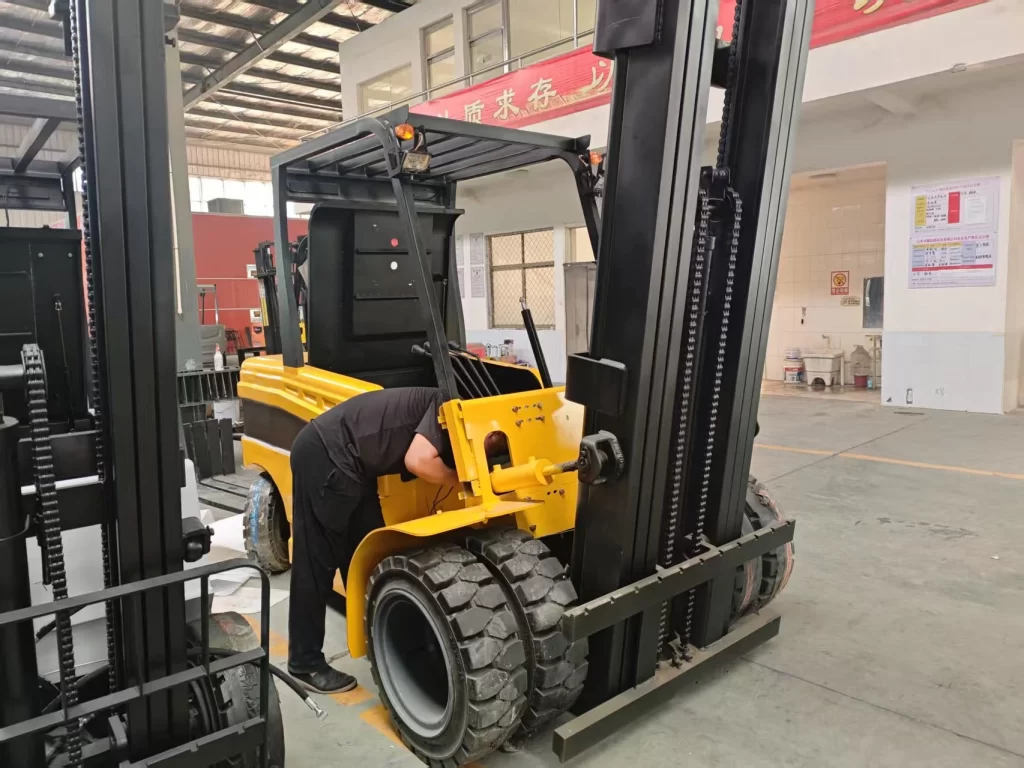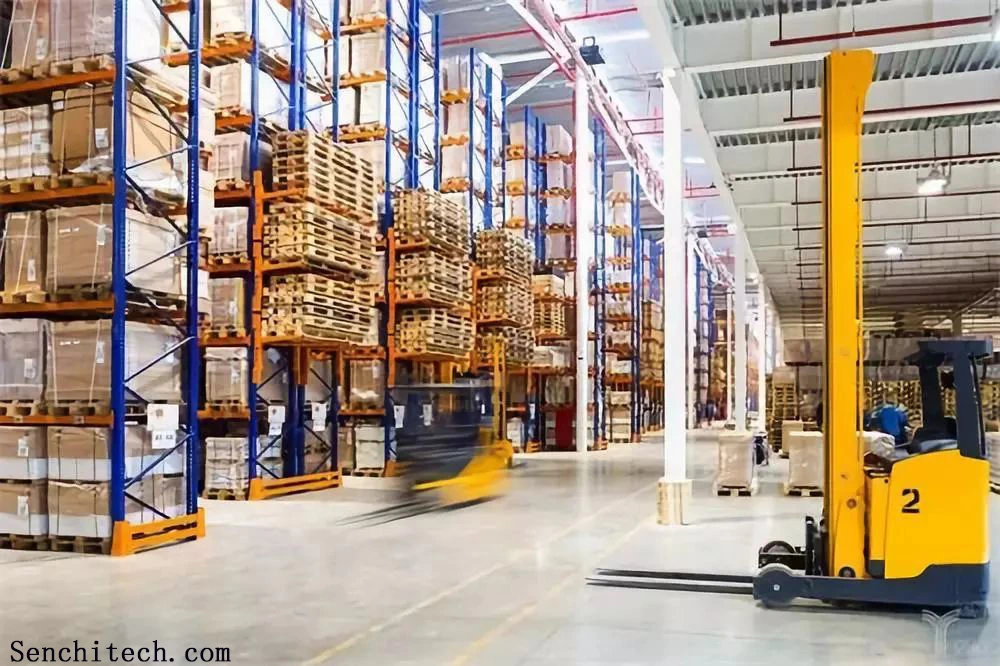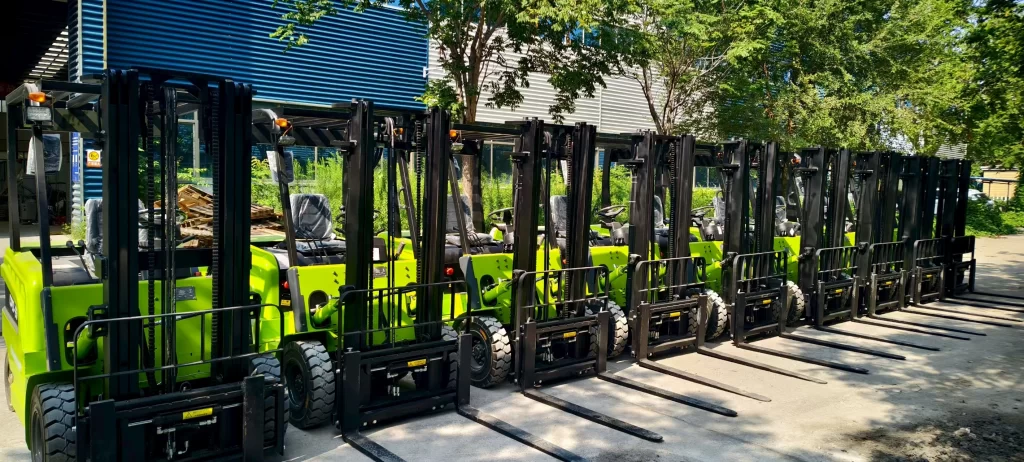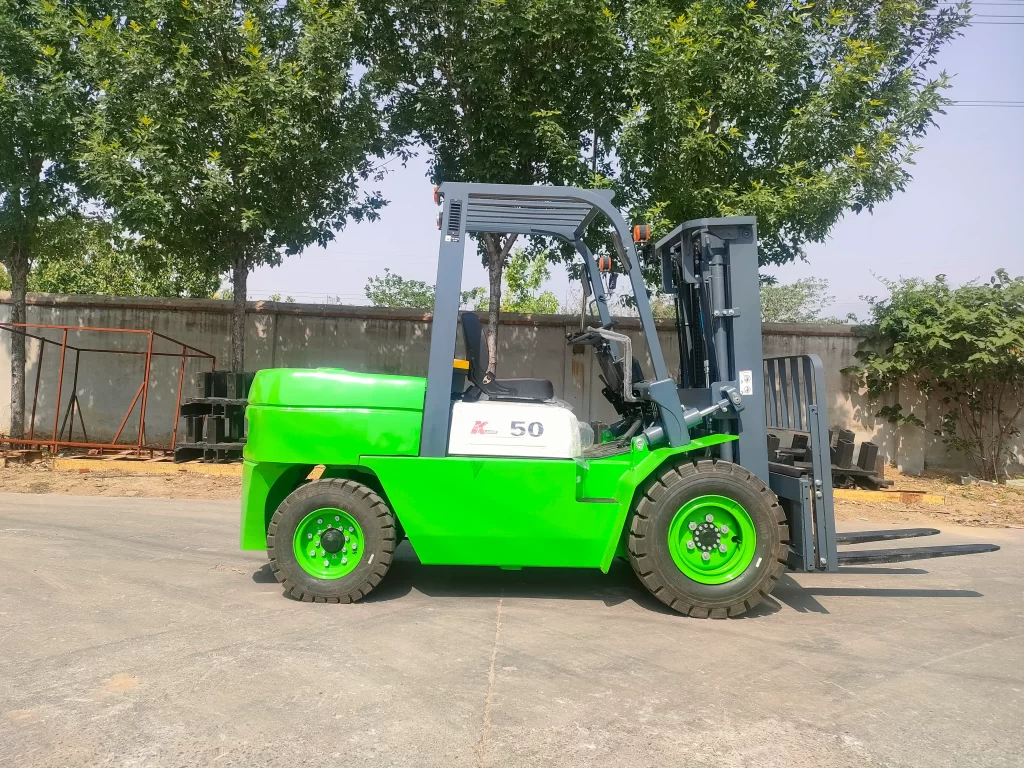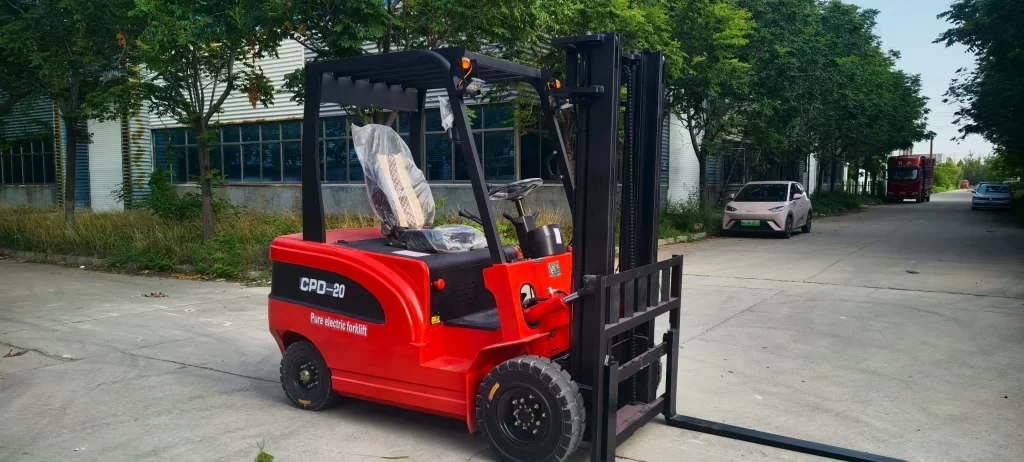What is an Electric Forklift and What Are Its Advantages?
Structural Analysis and Functional Discussion of Electric Forklifts
As a vital logistics handling tool, electric forklifts play an indispensable role in modern warehousing and logistics industries. Their unique structure and design enable efficient transportation and stacking of various goods. This article will delve into the structural composition and functionalities of electric forklift components, helping readers better understand this critical equipment.
I. Basic Structure
- Chassis Structure: The chassis of an electric forklift is typically constructed from steel, featuring a robust outer shell to protect internal mechanical and electrical components. The chassis houses the control console and an ergonomic operator seat, enabling the driver to operate and control the forklift. The rear section often incorporates counterweights, which can be either cast iron or concrete. Generally, electric forklifts with cast iron counterweights command higher prices.
- Power System: The power system comprises components such as batteries, motors, and transmissions. Batteries supply electrical energy, motors convert electrical power into mechanical force, while transmissions regulate motor speed and torque to meet varying operational demands.
- Travel System: Electric forklifts typically feature front and rear wheel drive systems enabling forward/reverse movement and turning maneuvers. Wheels usually utilize solid tires to ensure reliable performance across diverse surfaces. Electric forklifts predominantly use solid tires rather than pneumatic tires. While pneumatic-tire forklifts offer superior ride comfort, their tires inevitably deform under load, compromising the forklift’s load capacity and lifting capability.
II. Key Components and Functions
- Mast System: The mast is one of the most critical components of an electric forklift, used for cargo handling. It typically consists of two telescopic masts that can move vertically to accommodate different stacking heights. The standard mast features tilt functions for easy loading and unloading. The mast is equipped with forks to secure cargo for safe transport. Mast configurations include two-stage and three-stage options, with customizable lifting heights available upon customer request.
- Operator Cab and Control Console: The cab serves as the command center where the operator controls the forklift. The console houses joysticks, buttons, and instrument panels to manage functions like lifting, lowering, moving forward/backward, and steering. It also displays critical information such as battery charge level and speed. Advanced electric forklift consoles often incorporate LCD displays and communication gauges, clearly showing the vehicle’s current status and any component malfunctions, enabling the operator to grasp the forklift’s condition at a glance.
- Power System: The electric forklift’s power system consists of a battery, motor, and controller. The battery stores energy, the motor converts electrical power into mechanical force, and the controller regulates the motor’s operation and stoppage, enabling precise control of the forklift.
- Braking System: The braking system ensures safe operation of the electric forklift. It typically includes service brakes and parking brakes. Service brakes slow or stop the forklift, while parking brakes secure the vehicle during parking to prevent slippage.
- Steering System: Electric forklifts typically feature hydraulic steering systems controlled via joysticks or steering wheels. This system enables operators to maneuver the forklift effortlessly in confined spaces, enhancing both efficiency and safety.
- Load Sensors and Safety Devices: To ensure the safety of both cargo and operators, electric forklifts are typically equipped with load sensors and safety devices. Load sensors detect cargo weight, enabling operators to control fork elevation appropriately. Safety devices include warning lights, audible alerts, and emergency stop buttons for handling unexpected situations. Forklifts may also feature occupancy sensors—devices that detect whether an operator is seated. Their operation primarily relies on changes in physical quantities such as pressure, weight, or capacitance to determine if an operator is seated. When an operator sits in the seat, the sensor detects changes in pressure or weight, triggering a corresponding signal. This signal is transmitted to the forklift’s control system, which then activates the relevant safety functions.


In summary, the structure of an electric forklift is a complex and coordinated system where the functions of each component work in close harmony, enabling the forklift to efficiently complete material handling and stacking tasks. Understanding the structure and functions of each component helps operators better operate and maintain the forklift, thereby improving work efficiency and ensuring operational safety.
In today’s era of rapid modern logistics and warehousing development, forklifts—hailed as the “gods of material handling”—play an immense role in this field. In recent years, electric forklifts have gradually entered the public eye and gained increasing favor among users. So, what are the primary advantages of electric forklifts?
Electric forklift’s advantages
Environmental Friendliness and Energy Efficiency
Electric forklifts offer substantial advantages in environmental sustainability and energy conservation. They produce zero exhaust emissions and operate with ultra-low noise and vibration levels.
Simple and Flexible Operation
Compared to internal combustion forklifts, electric models substantially reduce operator workload. Their electric steering, acceleration control, hydraulic systems, and braking are all electronically controlled, significantly lowering physical demands. This design greatly enhances operational efficiency and precision.
Simplified Maintenance
Electric forklifts require minimal upkeep, eliminating the need for fuel or air filter replacements common in diesel engines. Maintenance intervals are extended, and each service session is brief, substantially reducing maintenance costs. More importantly, downtime is drastically minimized, boosting operational efficiency and yielding incalculable economic benefits.
Extended Service Life
Electric forklift batteries typically last for 3,000 charge-discharge cycles, providing over five years of operation. Purchasing batteries with larger capacity can further extend usage time. For instance, one of my clients used an electric forklift for over a decade before finally needing to replace the battery. Although the replacement cost of an electric forklift battery is comparable to the cost of overhauling an internal combustion engine, the speed at which an electric forklift can be re-equipped with a new battery far exceeds that of an internal combustion engine overhaul. Therefore, electric forklifts hold a clear advantage in time efficiency over their internal combustion counterparts.
We are one of professional forklift manufacturers with 16 years of production experience, dedicated to providing customers with high-quality forklifts and customized services. Our customization services include forklift height, forklift accessories, forklift functions, and customization of colors and logos.
